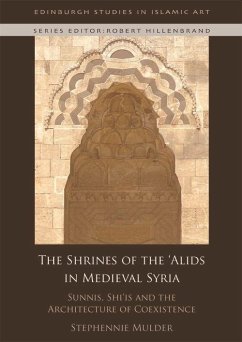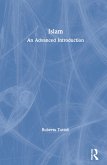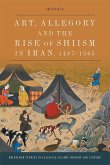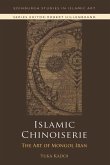'An elegant study of how shrines were the locus of ecumenical veneration in times of heightened sectarian tensions. That the focus of the book is Syria constitutes a hopeful reminder that sectarianism was not the historical norm and that architecture can and did mediate between divergent religious passions.' Nasser Rabbat, Massachusetts Institute of Technology The first illustrated, architectural history of the 'Alid shrines, increasingly endangered by the conflict in Syria The 'Alids (descendants of the Prophet Muhammad) are among the most revered figures in Islam, beloved by virtually all Muslims, regardless of sectarian affiliation. This study argues that despite the common identification of shrines as 'Shi'i' spaces, they have in fact always been unique places of pragmatic intersectarian exchange and shared piety, even - and perhaps especially - during periods of sectarian conflict. Using a rich variety of previously unexplored sources, including textual, archaeological, architectural, and epigraphic evidence, Stephennie Mulder shows how these shrines created a unifying Muslim 'holy land' in medieval Syria, and proposes a fresh conceptual approach to thinking about landscape in Islamic art. In doing so, she argues against a common paradigm of medieval sectarian conflict, complicates the notion of Sunni Revival, and provides new evidence for the negotiated complexity of sectarian interactions in the period. Key Features Beautifully illustrated with over 120 colour images The first study of Syrian 'Alid shrines as critical sites of Islamic pious practice in some of Islam's most important cities Uses architecture to present a more nuanced understanding of the history of sectarianism Utilises an unusually wide range of source materials including medieval Arabic textual sources, spatial and architectural analysis, archaeological investigation, epigraphy, and GPS survey Stephennie Mulder is Assistant Professor of Islamic Art and Architecture at the University of Texas at Austin.








